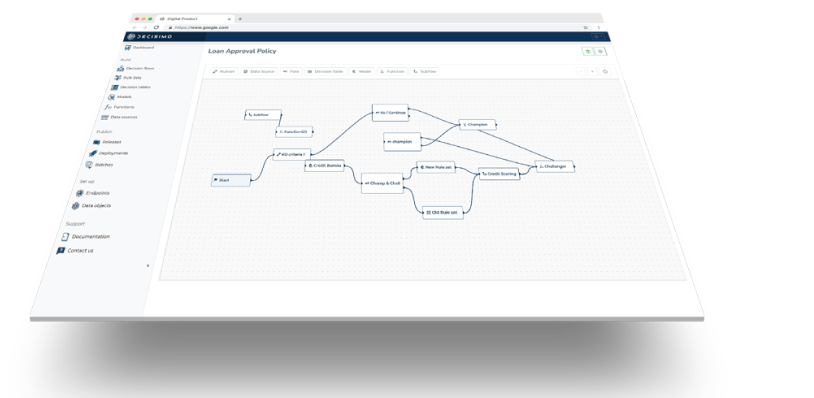Event-Driven Antifraud in eCommerce - Decisimo - Decision Intelligence Services
Published on: 2024-08-10 18:29:56
Introduction to event-driven antifraud in eCommerce
Event-driven antifraud in eCommerce is a crucial aspect of running a successful online business. Fraudsters often use bots and stolen personal information to make purchases with stolen payment cards, and these fraudulent activities can have a significant financial impact on your business. In this article, we will explore the various methods that can be used to prevent fraud and how a rule engine can be utilized to make informed decisions based on collected events.
Bot prevention on the infrastructure layer
One of the main methods of preventing fraud is through bot prevention on the infrastructure layer. This can be achieved through techniques such as browser fingerprinting, which makes it difficult for automated scripts to mimic the behavior of a real user. By requiring all components to be requested from the server, rather than just limited information, you can make it more difficult for bots to access the information they need to make fraudulent purchases.
Using behavioral analytics to prevent fraud
However, more advanced bots, such as headless browsers or fully automated browsers, can be more difficult to detect. Headless browsers can be detected through browser profiling and fingerprinting scripts, but their fingerprints are often similar to each other. Fully automated browsers, on the other hand, can have installed plugins and behave in a more complex manner, making it difficult to spot concentrations in the data.
To prevent fraud from these more advanced bots, the use of behavioral analytics can be effective. By collecting data on how normal users behave during the purchasing process, deviations from this baseline behavior can be identified and flagged as potentially fraudulent. Factors to consider when collecting this data include the amount of time spent at each step, the consistency of technical information, such as the browser fingerprint, and the IP address.
Events to Track in the eCommerce Shopping Process
Here is a list of events that can be tracked within the ecommerce shopping process:
- Sign up
- Adding an item to a basket
- Filling in delivery details
- Starting the payment process
- Finishing the payment process
- Viewing product pages
- Searching for products
- Adding products to a wishlist
- Sharing products on social media
- Leaving reviews or ratings for products
- Clicking on ads or marketing emails
- Abandoning the shopping cart
- Returning to the site to make additional purchases
- Subscribing to newsletters or email lists
- Referring friends or family to the site
All of this information should be stored and used for analytics in order to identify deviations from normal behavior and potentially flag fraudulent activity during the eCommerce shopping process.
The role of a rule engine in fraud prevention
A rule engine can be used to make decisions based on the collected events and prevent fraud by setting rules for what behavior is considered normal.
For example, a rule could be set to flag any purchasing process that takes less than 1 minute as potentially fraudulent.
By continuously updating and refining these rules, the rule engine can become more effective at identifying and preventing fraudulent activity.
An effective approach to preventing fraud in eCommerce
In conclusion, event-driven antifraud in eCommerce is essential for protecting your business from financial losses due to fraudulent activity.
By utilizing bot prevention on the infrastructure layer and behavioral analytics, you can effectively identify and prevent fraudulent behavior.
A rule engine can be used to make informed decisions based on collected events and continuously update and refine these rules to improve the effectiveness of fraud prevention.


